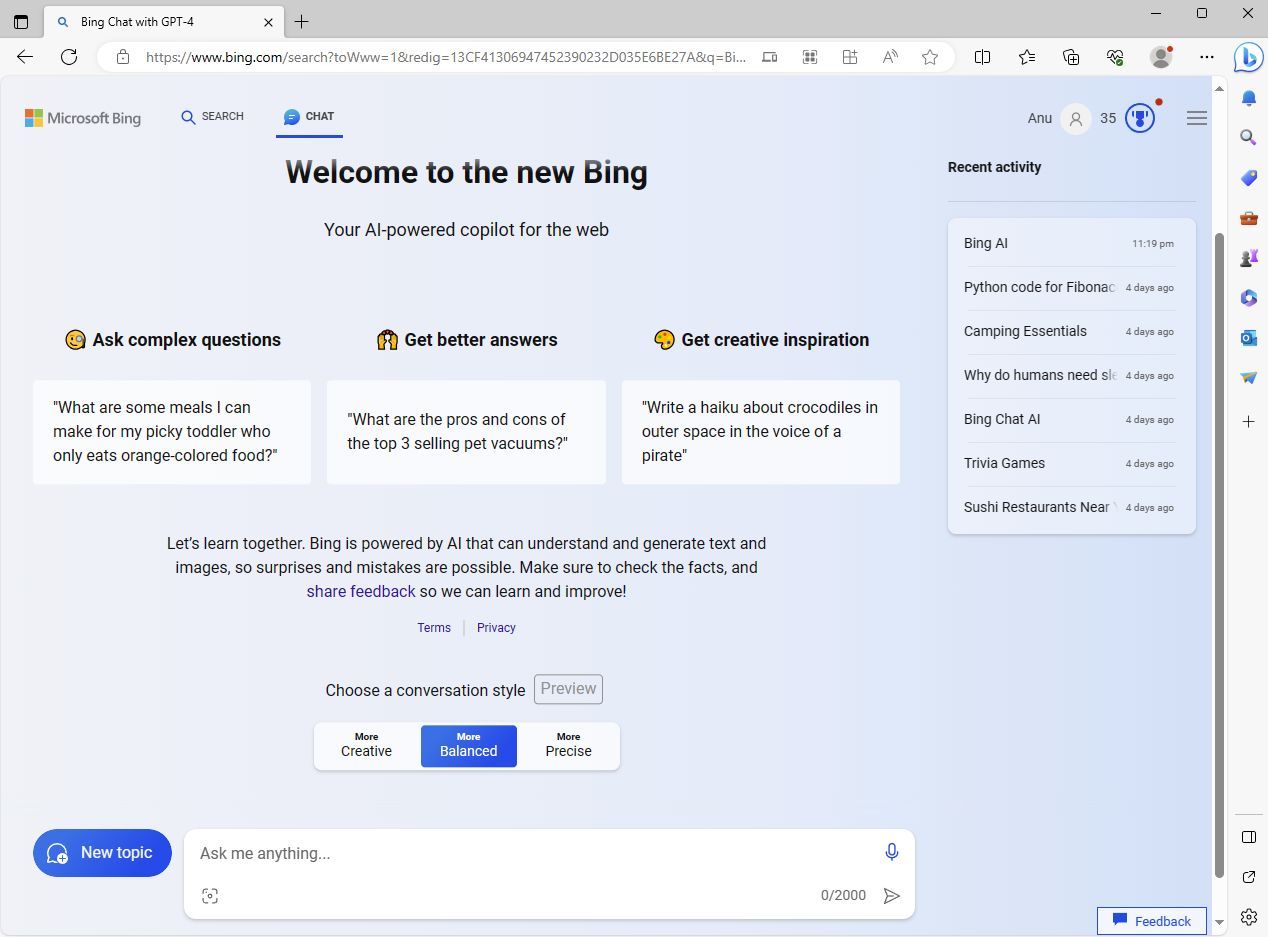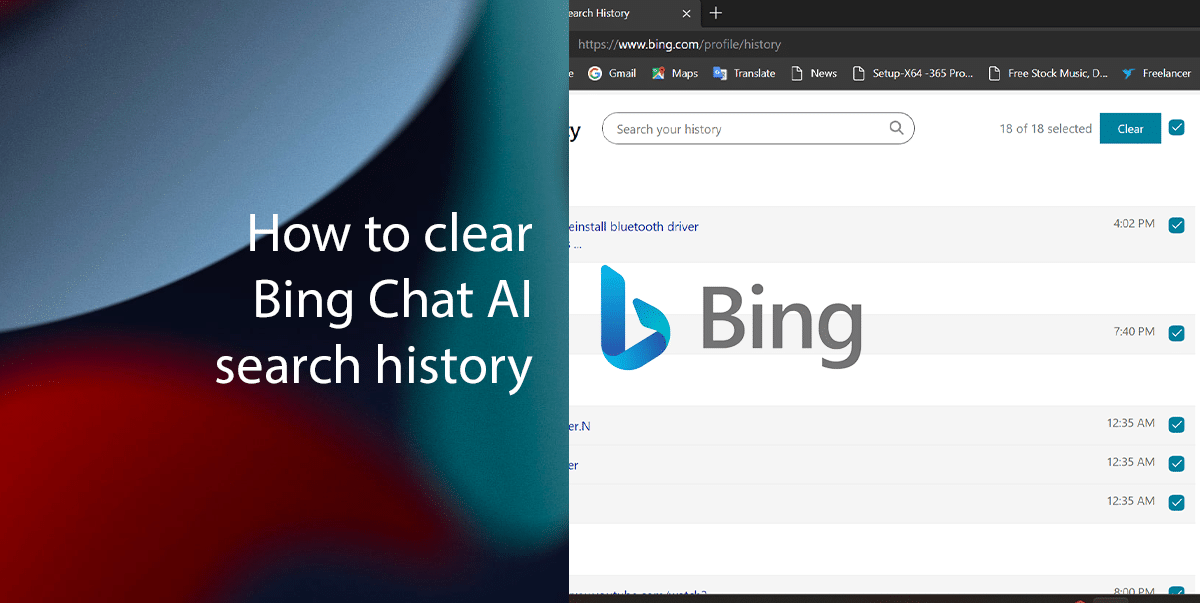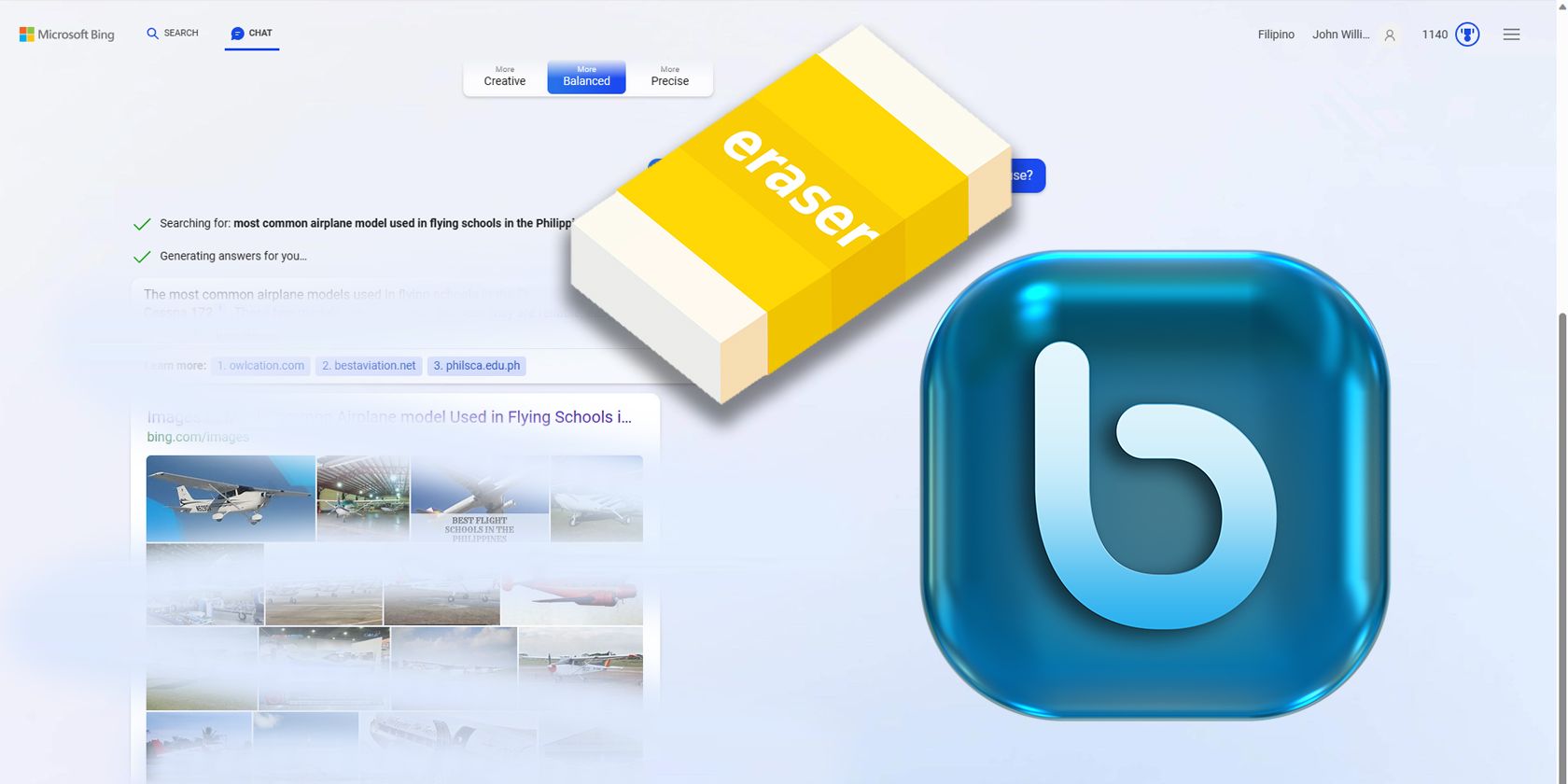Bing AI Images have transformed the way we search for and interact with visual content. Powered by artificial intelligence, this feature allows users to find images that perfectly match their queries—whether it’s for inspiration, academic projects, or just for fun. However, with great power comes great responsibility. As we curate our digital footprint, understanding how to manage these images, including deleting them when necessary, is crucial. Let’s dive into the world of Bing AI Images and why knowing how to delete them is important.
Understanding the Importance of Deleting AI Images

As we navigate the digital landscape, our interactions with AI-generated content can leave a significant mark. Here are several reasons why deleting Bing AI Images might be essential:
- Privacy Concerns: With the increasing scrutiny on personal data, unwanted images might expose sensitive information or reflect aspects of our lives we wish to keep private.
- Reputation Management: Images associated with you or your brand can affect public perception. Deleting inappropriate or outdated images helps maintain a positive online presence.
- Clutter Reduction: Just like in physical spaces, digital clutter can be overwhelming. Regularly deleting unnecessary images can streamline your digital library, making it easier to find what you need.
- Compliance and Security: In specific industries, regulations may require you to remove certain types of data, including images. Deleting these can help you stay compliant and secure.
Moreover, understanding the mechanisms behind AI images can empower you to make informed decisions about what to keep or remove. Here’s a quick breakdown:
| Aspects | Benefits | Risks of Not Deleting |
|---|---|---|
| Control Over Content | Retain only what reflects your current interests or needs. | Old images may misrepresent you. |
| Reduction of Digital Footprint | Minimize exposure to unwanted scrutiny. | Potential for misuse of images. |
| Improved Searching Efficiency | Access only relevant images quickly. | Wasting time sifting through irrelevant images. |
In conclusion, being proactive about deleting Bing AI Images not only enhances your online reputation but also safeguards your privacy and reduces clutter. It's a simple yet effective way to take charge of your digital narrative! So, let’s explore how to efficiently delete these images in the next sections.
Also Read This: How Race and Ethnicity Influence Body Image
3. Step-by-Step Guide to Deleting Bing AI Images

If you've decided to clean up your Bing AI image collection, you're in the right place! Deleting images can be straightforward, but depending on how you access them, the steps might vary slightly. Here’s a simple guide to help you through the process.
- Access Your Bing AI Account: Start by logging into your Bing AI account. This is usually the same account you used to generate the images. If you're using a specific app, make sure you're signed in there too.
- Navigate to Your Images: Once logged in, find the section that houses your images. This could be labeled as "My Images," "Library," or something similar. Don’t worry; it’s typically easy to locate.
- Select the Images: Browse through your images and select the ones you want to delete. You can usually do this by clicking on the image or checking a box next to it. If you want to delete multiple images at once, look for a "Select All" option.
- Click on the Delete Option: After selecting the images, look for a delete option, often represented by a trash bin icon or a “Delete” button. Click on it, and a confirmation prompt should appear.
- Confirm Your Deletion: This step is crucial! The confirmation prompt will usually ask if you're sure you want to delete the selected images. Confirm your choice, and voilà, your images will be deleted!
- Empty Your Trash (if applicable): Some platforms have a trash or recycle bin where deleted images are temporarily stored. If you want to permanently remove the images, make sure to empty the trash. This option is usually found in the settings or the main image library.
And that’s it! You’ve successfully deleted your Bing AI images. Remember, once images are permanently deleted, they cannot be recovered, so make sure you really want to remove them!
Also Read This: Exploring the Latest OK.ru Updates and Features for a Better User Experience
4. Common Issues When Deleting Images

Even with a straightforward process, you might encounter a few hiccups when trying to delete Bing AI images. Let’s explore some common issues and their solutions to ensure a smooth experience.
- Unable to Find Images: Sometimes, your images may not appear in the library. This could happen if you’re logged into the wrong account. Double-check your login details and ensure you’re in the right section.
- Delete Option Greyed Out: If the delete button is not clickable, it might be due to account restrictions or the image being in use. Ensure that the image isn’t currently being edited or used in a project.
- Confirmation Prompt Not Appearing: If you don’t see the confirmation prompt after hitting delete, it could be a temporary glitch. Try refreshing the page or logging out and back in. This often resolves minor interface issues.
- Images Reappearing: Sometimes, deleted images may seem to come back, especially if the system hasn’t fully updated. Give it some time, and if they still appear after a few minutes, you may need to check if they were truly deleted from the trash.
By being aware of these common issues, you can troubleshoot efficiently and successfully manage your Bing AI image library. Remember, if you encounter persistent problems, reaching out to customer support can be a helpful step!
Also Read This: Ways to Enhance Your Creativity Using 123RF’s Stock Image Library
5. Tips for Managing Your Bing AI Image Collection
Managing your Bing AI image collection can be a fun yet challenging task. With the endless options and creative possibilities, it’s easy to amass a large library of images. Here are some tips to keep your collection organized and enjoyable:
- Organize by Theme: Create folders based on themes or projects. For example, if you generate images for blog posts, consider having separate folders for each topic, like "Travel," "Food," or "Tech." This way, when you're looking for a specific image, you won’t have to sift through a chaotic pile.
- Use Descriptive Filenames: Instead of letting your images keep their default filenames, which can be random strings of numbers and letters, rename them with descriptive titles. For example, change "IMG_1234.jpg" to "Sunset_at_Beach.jpg." This makes it easier to find images later on.
- Regularly Review and Purge: Set a reminder to go through your collection every few months. Delete images that no longer resonate or serve a purpose. This helps keep your collection lean and manageable.
- Utilize Tags: If your storage system allows it, tag your images with keywords. Tags help you quickly locate images without having to remember the exact folder they’re in. You could use tags like "nature," "abstract," or "personal" for better searchability.
- Backup Your Collection: Don’t forget to back up your images! Use cloud storage solutions like Google Drive or Dropbox. This way, if anything happens to your device, your precious AI-generated images will still be safe and sound.
By implementing these tips, you can streamline your image management process, making it easier to find, use, and enjoy your Bing AI creations whenever you need them!
6. Conclusion: Maintaining Your Digital Space
In our fast-paced digital world, maintaining an organized digital space is more important than ever. As you generate and collect Bing AI images, it’s crucial to develop habits that will help you keep your virtual environment tidy and efficient. Here are a few key takeaways:
- Stay Consistent: Consistency is key! Whether it’s naming conventions or organizational structures, sticking to a method makes your life easier in the long run.
- Prioritize Quality Over Quantity: It’s tempting to keep every image you create, but ask yourself: does this add value? If not, it might be time to let it go.
- Embrace New Tools: Don’t hesitate to explore new management tools and software that can help you organize and categorize your images more effectively. There are numerous apps available that can simplify the process.
- Remember to Enjoy the Process: Finally, don’t forget to enjoy the creativity and exploration that comes with generating AI images. Your collection is a reflection of your imagination and artistic journey.
Maintaining your digital space can be a rewarding experience if approached with intention and creativity. With these tips, you can ensure that your Bing AI image collection is not only manageable but also a source of inspiration for your future projects!
 admin
admin








